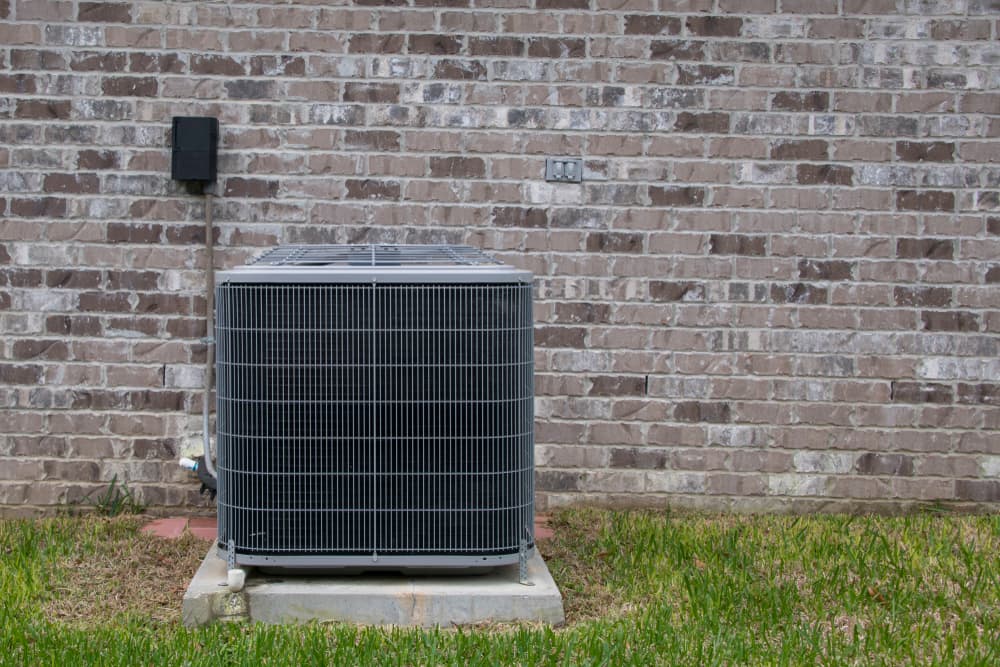Are you looking to purchase a new heat pump? If so, it’s important to understand how these units are rated according to their level of energy efficiency. Having a system that utilizes less energy will be better for the environment and will also help to keep your energy bills lower each month. Read on to learn more about heat pump efficiency ratings and the differences between SEER vs. HSPF.
High-Efficiency Heat Pumps
As the cost of electricity continues to climb, homeowners have become more conscious than ever about their energy usage throughout the home. Whether it’s new appliances or the heating system, energy efficiency is a top priority when purchasing. Modern and advanced heat pumps today can save on energy and wear and tear with advanced components like variable speed compressors.
To determine the actual efficiency of a unit, the use of electricity is metered in comparison to the outdoor operating temperature rating. This gets analyzed throughout an entire season to determine the end result.
When considering energy efficiency, there are two main terms to understand – SEER and HSPF. Here’s what each of these means:
SEER
Though heat pumps are primarily known for producing heat, they can also be reversed during the warmer seasons to cool down the home as well. The SEER rating, or Seasonal Energy Efficiency Ratio, is based on the average cooling output ratio throughout a season, divided by the energy it consumed in watt-hours. The typical SEER rating of modern cooling units today ranges from a minimum of 13 to a maximum of 42. The higher the rating, the better the overall energy efficiency level of the unit will be.
Before purchasing, keep in mind that the higher the SEER rating, the higher the price. However, greater energy efficiency can also drastically improve the lifespan of the unit, requiring less maintenance and costly repairs overall.
HSPF
The Heating Seasonal Performance Factor is used to measure the heating efficiency of the heat pump. Units that have a higher HSPF rating equate to a more efficient system. In fact, a single increase in the HSPF rating equates to 10% less energy being used. A good general rating to keep an eye out for is between 8 and 12. Similar to the SEER rating, the less energy required, the more energy you’ll save during the lifespan of the unit.
Can A Heat Pump Have Both Ratings?
Yes, they can. In fact, a unit that contains both a SEER rating of 12 or more and an HSPF rating of at least 8.2 is a prerequisite for a heat pump to be awarded an ENERGY STAR label. This means the unit has met the strict energy efficiency criteria set by the Environmental Protection Agencies and the Department of Energy. So you can rest assured knowing that you’ll save money on your electricity bills while also helping to protect the environment with fewer harmful emissions.
The Carrier Infinity Ductless heat pump offers an industry-leading 42 SEER and 15HSPF, making it the most efficient system available on the market. Click here for more information about the Carrier Infinity system
When it comes down to it, purchasing a heat pump can be more complex since you must determine the right size for your heating and cooling needs, and compare the same size units to get an accurate comparison of the energy efficiency levels of each. At Atmosphere Climate Control Specialists, we are the go-to experts for your heating and cooling related needs. You can count on our team of experts to answer any questions, assist in selecting the best unit for your home, and handle any repairs or installations. To get your home situation for optimal comfort this season while saving more on your energy bills, get in touch today. We’re ready to help!

